CERN
Latest
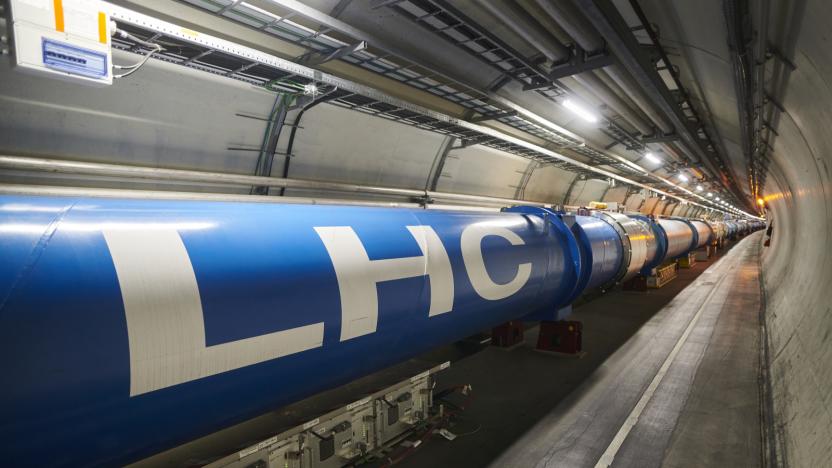
The Large Hadron Collider is smashing protons again after a three-year hiatus
It was shut down for maintenance and upgrades, so it can deliver more data.
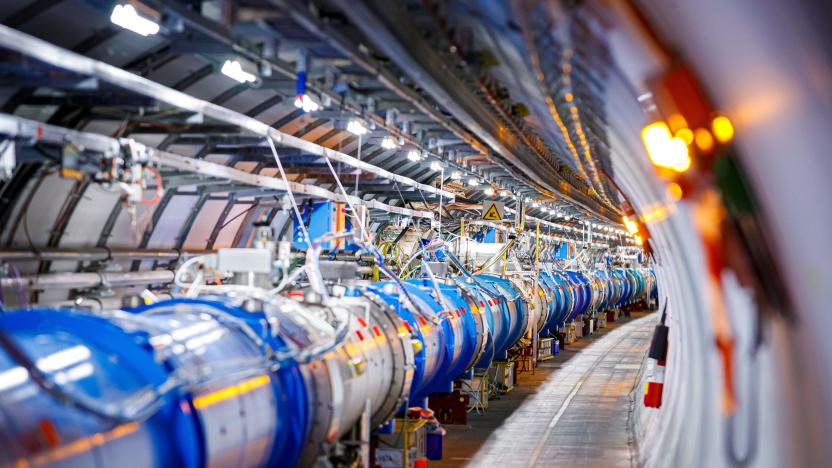
CERN is making the Large Hadron Collider's data more accessible
It's almost impossible for the organization to release raw datasets, however.
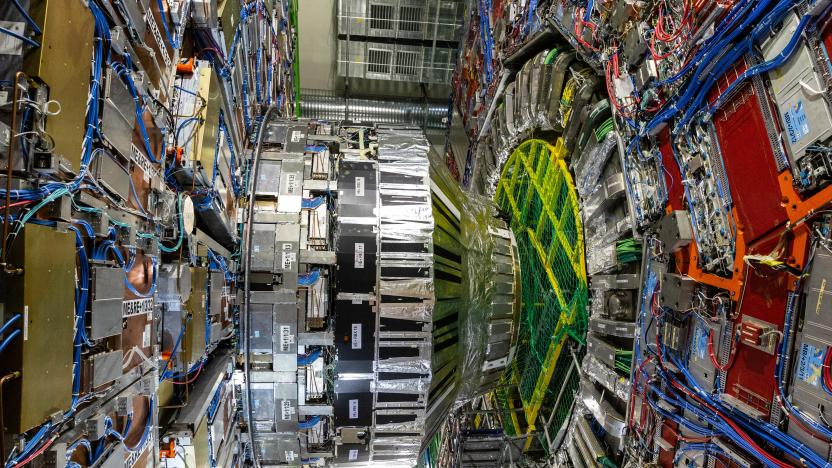
CERN approves plans for a $23 billion, 62-mile long super-collider
CERN has approved plans to build a $23 billion super-collider 100 km in diameter (62 miles) that would make the current 27 km 16 teraelectron volt (TeV) Large Hadron Collider (LHC) look tiny in comparison.

CERN turns to open source software as Microsoft increases its fees
For the last 20 years, CERN -- home of the Large Hadron Collider -- has been using Microsoft products under a discounted "academic institution" rate. But in March, at the end of its previous contract, Microsoft revoked CERN's academic status. According to a CERN blog post, under the new contract, licensing costs have increased more than tenfold. In response, CERN is pulling back the curtain on a now year-old project to migrate to open source software, and it's calling it the Microsoft Alternatives project, or MAlt.

The World Wide Web at 30: We got the free and open internet we deserve
This isn't the internet that Tim Berners-Lee envisioned when he laid the groundwork for the World Wide Web 30 years ago today. Rather than the free and open online utopia he envisioned, "the web has evolved into an engine of inequity and division," he wrote in 2018, "swayed by powerful forces who use it for their own agendas." And, by God, he's going to fix it -- even if he has to break the entire system to do so.
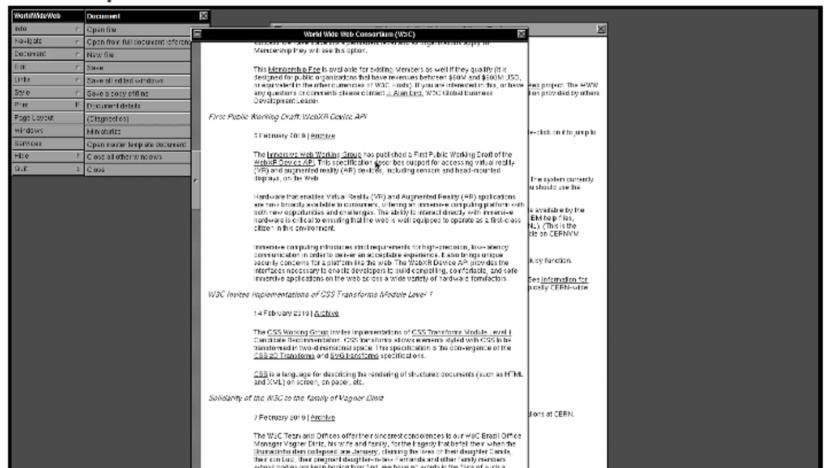
CERN lets you surf the web like it's 1990
We take the relative seamlessness of the internet for granted these days -- it's easy to forget that surfing the web was once a fairly clunky and convoluted affair. But for those hankering for a bit of tech nostalgia -- or who can't conceive a world where you had to double click on hyperlinks -- a team at CERN has rebuilt the original 1990 WorldWideWeb browser, which can be explored within a regular browser.
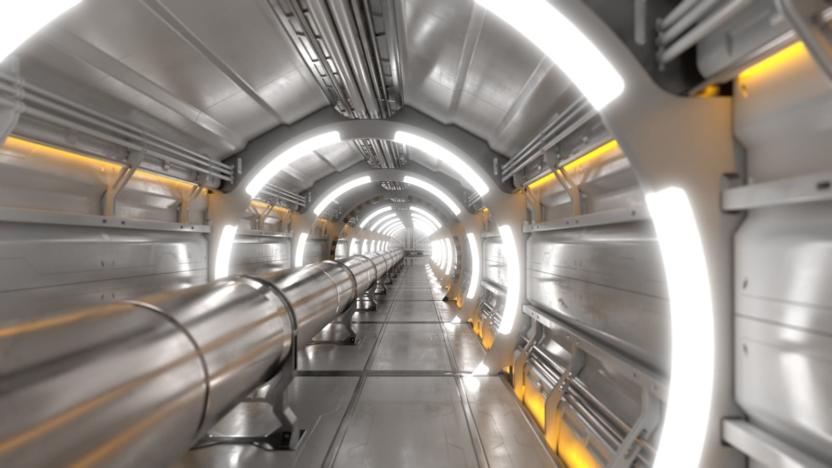
CERN plans to build a collider four times bigger than the LHC
Back in 2014, CERN sought the help of over 1,300 contributors to help it conjure up a feasible plan for a new collider much, much bigger than the LHC. Now, the research organization has unveiled preliminary designs for the project named Future Circular Collider (FCC). Based on current plans, it will make the LHC (Large Hadron Collider) look tiny in comparison: the designs are calling for a massive particle accelerator 100 kilometers or 62 miles around. The LHC is only 27 kilometers or 17 miles long. It will also be up to six times more powerful than the smaller accelerator.

Scientists develop the world's first 3D color X-rays
A New Zealand company has generated the first 3D color X-Ray images of the human body by using an advanced medical scanner. The scanner utilizes CERN's Medipix3 technology and has been in development for a decade. It's able to produce high resolution images thanks to particle tracking technology.
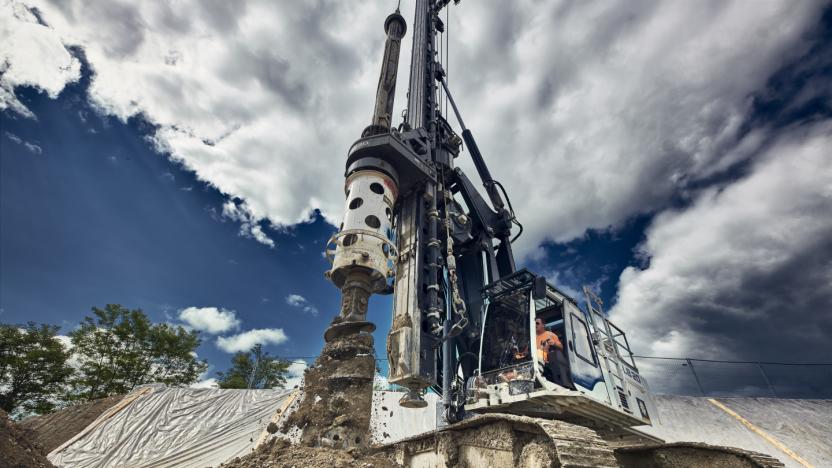
A major upgrade to the Large Hadron Collider is underway
The Large Hadron Collider (LHC) is getting an upgrade that will let researchers collect approximately 10 times more data than they can now. Currently, the particle accelerator can produce up to one billion proton-proton collisions, but that number will be increased significantly once the upgrades are in place. Today, a ground-breaking ceremony kicked off the work that's scheduled to be wrapped up by 2026.
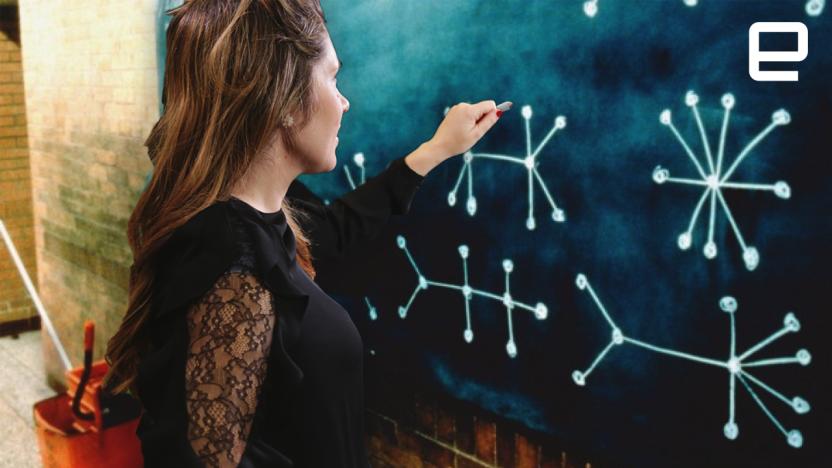
ICYMI: Physicists just cracked a big anti-matter hurdle
Today on In Case You Missed It: CERN scientists announced they were able to measure anti-matter on the optical spectrum after a full 20 years of trying. This could not only help us understand the universe better but probably solve the mystery of the aliens everywhere meme-- kidding! That guy is unexplainable. Meanwhile Stanford scientists were able to see how starfish larvae move through water, creating vortices to both swim and move food closer to their mouths, something that had previously been unknown. If you're looking for a laugh, feel free to check out synthesizer bike guy, round two. As always, please share any interesting tech or science videos you find by using the #ICYMI hashtag on Twitter for @mskerryd.

Physicists learn how to measure antimatter
As you might guess, measuring antimatter is rather tricky: it's destroyed the moment it comes into contact with regular matter, so conventional approaches just aren't going to cut it. Give credit to CERN, then, as its Alpha group just measured antimatter for the first time. The team stuffed positrons (positively charged electrons) and antiprotons (protons with a negative charge) into a vacuum tube to create antihydrogen, with a "magnetic trap" keeping a small number of the anti-atoms in existence for long enough to measure them. The team then blasted the antimatter with a laser to study its positrons as they shifted energy levels, producing a spectral line.

ICYMI: CERNs robotic inspectors ride a monorail
try{document.getElementById("aol-cms-player-1").style.display="none";}catch(e){}Today on In Case You Missed It: Pairing an Arduino with a skateboard produces the Sick Ollie Machine, capable of measuring angular and X-,Y- or Z-axis accelerations to measure who is hitting their tricks the hardest. Courtesy of Josh Sheldon, the ollie machine uses an Arduino beneath the trucks of the board paired with a relay to measure the stats of each trick. Those who are producing truly sick ollies are rewarded with a chime from the attached cowbell. Meanwhile, over at CERN a set of robot twins have been enlisted to provide live video feeds and environmental measurements for the massive underground complex. The robots, called TIM twins for Train Inspection Monorail, move along a -- you guessed it -- overhead rail that runs throughout the facility in order to monitor stats like oxygen concentration and radiation emissions. Also, don't forget to check out what happens when a frog is run through Google's Deep Dream project (which is easily the weirdest sentence I've written yet today). As always, please share any interesting tech or science videos you find by using the #ICYMI hashtag on Twitter for @mskerryd.
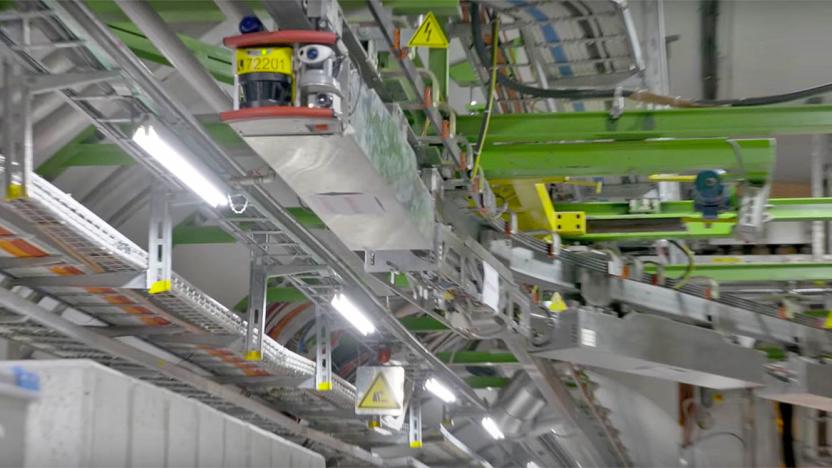
CERN introduces Large Hadron Collider's robotic inspectors
Since the Large Hadron Collider (LHC) needs to be in tip-top shape to discover new particles, it has two inspectors making sure everything's in working order. The two of them are called TIM, short not for Timothy, but for Train Inspection Monorail. These mini autonomous monorails that keep an eye on the world's largest particle collider follow a pre-defined route and get around using tracks suspended from the ceiling. According to CERN's post introducing the machines, the tracks are remnants from the time the tunnel housed the Large Electron Positron instead of the LHC. The LEP's monorail was bigger, but not quite as high-tech: it was mainly used to transport materials and workers.

ICYMI: Studying the 1700's clouds for pollution clues
try{document.getElementById("aol-cms-player-1").style.display="none";}catch(e){}Today on In Case You Missed It: Scientists at CERN constructed a large chamber to replicate the cloud environment before the world's Industrial Revolution got its start after 1750. The thought had been that there were far fewer clouds on Earth then, but already results are pointing to a different reality that could help guide present day modeling of global climate change. If you want to take a peek at the continent colonizing study showing we were taught lies in history class, that's here. The toaster of your five-year-old's dreams? That's here. As always, please share any interesting tech or science videos you find by using the #ICYMI hashtag on Twitter for @mskerryd.

Large Hadron Collider's new 'particle' was just a fluke
Sorry, folks: CERN didn't mean to get your hopes up. Researchers have determined that Large Hadron Collider data suggesting a possible new particle was really just a "statistical fluctuation." Additional data collected over the course of the past several months reduced the unusual diphoton "bump" to a significance of 2 sigma, or well below the 5 sigma needed for a discovery to be considered authentic. It's just unusual that scientists saw a blip like this at both the ATLAS and CMS experiments, ATLAS' Dave Charlton explains to Scientific American.

The first website went public 25 years ago
The internet just marked another major milestone. The first website, Tim Berners-Lee's description of the World Wide Web project, went public 25 years ago on August 6th, 1991. The launch was unceremonious -- Berners-Lee announced the project on a Usenet group, and it wasn't until after August 23rd that new users visited the site. However, the launch effectively marked the start of the web as a widely available tool.

Make music with the Large Hadron Collider through a web app
Now that music has come to the Large Hadron Collider, it's time for the giant science ring to make some music of its own. Meet Quantizer, a project from students Juliana Cherston and Ewan Hill that turns the ATLAS experiment's many, many particle collisions into music. The web app grabs data (in real-time when possible), cleans it up and maps it to musical notes. After that, it's just a question of the style you want to hear. There are cosmic sounds if you prefer an ambient vibe, or house music if you'd like something a little more dance-worthy.

Tech doesn't work with children and animals
It's a tale as old as time: Kids and animals don't mix with tech. Whether it's little Billy turning your new flatscreen on and off until it burns out or Rover chewing through another pair of fancy headphones, you'd think we'd know better by now that letting pretty much anything that isn't capable of voting near technology is a bad idea. But as you're about to find out, sometimes it just can't be helped.
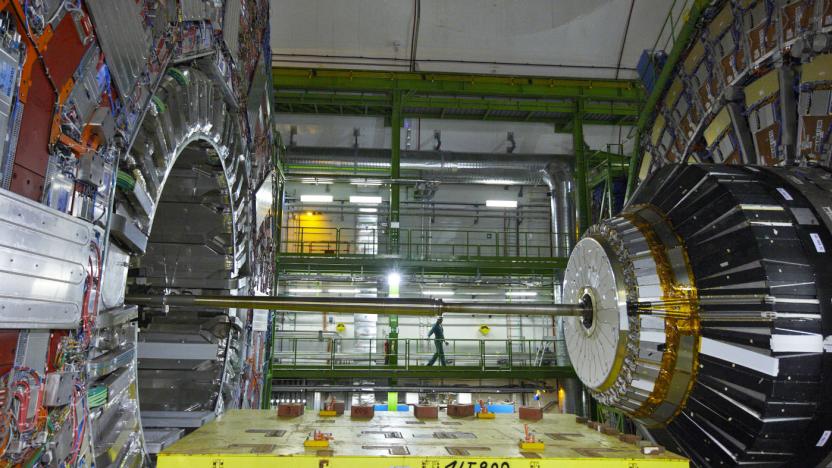
Cord-munching weasel temporarily knocks the LHC offline
Just weeks after coming online from a series of crucial upgrades, CERN's Large Hadron Collider was knocked back offline overnight after a weasel (potentially a Marten) chomped through the wrong power cable. "We had electrical problems, and we are pretty sure this was caused by a small animal," CERN spokesman, Arnaud Marsollier, told NPR.
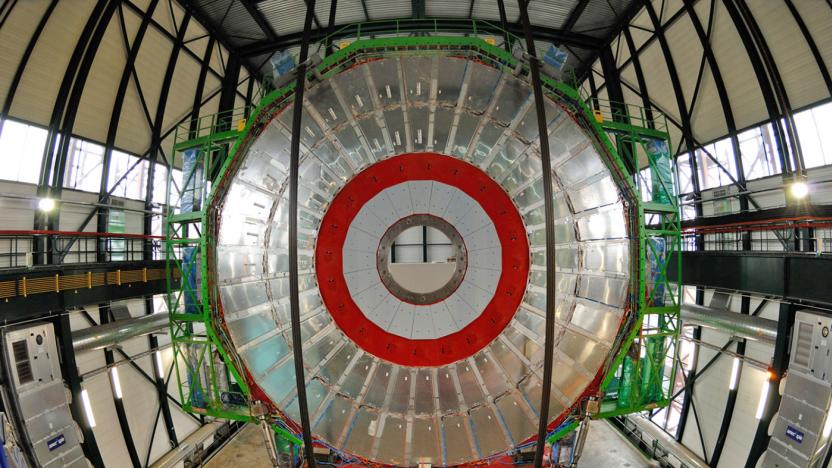
CERN opens access to 300TB of Large Hadron Collider data
CERN will keep you researchers, students and dataphiles busy this weekend. The institute has released 300 terabytes of Large Hadron Collider data collected by the Compact Muon Solenoid (CMS) detector back in 2011. You know how scientists use the collider to smash particles? Well, the CMS is one of the two components of the LHC with the capability to see the particles (like the Higgs boson) or phenomena produced by those high-energy collisions.











